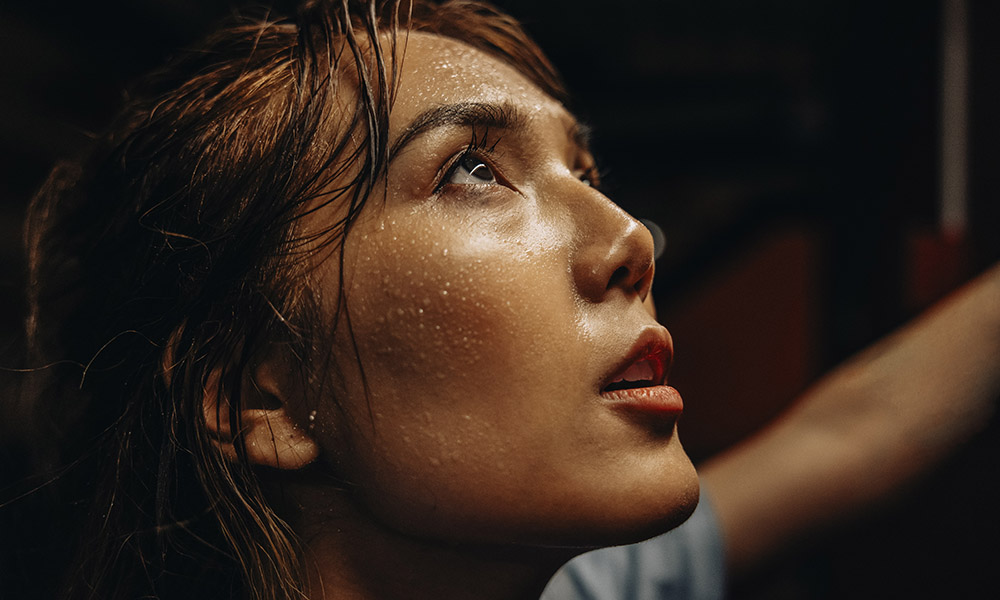Table of Contents
Let’s not mince words: it’s hot. And it’s going to keep being hot. Right now, heatwave season is about 46 days longer in major U.S. cities compared to 1960, according to the EPA, and the World Meteorological Organization reports it expects heatwaves to continue to increase in frequency and severity. Despite the calendar indicating the coming of fall, plenty of us are continuing to wade through sticky, sweaty and unbearably hot days. If you’ve been unable to stop the sweat and need relief, you might be surprised to learn what a hero Botox Cosmetic can be for excess sweating.
Featured Experts
Botox Can Reduce Sweating
“[Botox] works in the same way as when used aesthetically for the face, by blocking the connection between the muscle and the nerve that causes it to contract,” explains New York dermatologist Doris Day, MD. “Sweat gets pushed out of the sweat gland by tiny muscles that use the same mechanism of action as the muscles you use for facial expression.” Because the neurotoxin is blocking the activation of those sweat glands, you don’t produce sweat in those glands.
“Botox (onabotulinumtoxinA) is FDA-approved for the treatment of excessive underarm sweating (axillary hyperhidrosis),” adds national telehealth dermatologist Anna Chacon, MD. “It’s often used off-label for sweating on other parts of the body, including the face, palms, and feet.”
“I often treat patients with Botox for excess sweating in the underarms, groin, palms, soles of the feet, scalp and inframammary crease,” notes Houston dermatologist Jennifer Segal, MD.
Other neurotoxins like Dysport, Xeomin, Jeuveau or Daxxify can also be used to treat excess sweating, but it would be considered off-label.
Is Botox Effective for Facial Sweating?
When it comes to the face, Botox Cosmetic might be an effective way to stop sweating, but if done incorrectly, it can have an overall negative impact.
“It’s tricky because it can also affect facial expression and movement,” says Dr. Day. “Depending on where it’s injected, it can affect facial movement and expression in negative ways. It’s not something I would recommend except in the most severe cases.”
When it is recommended, Dr. Chacon notes that it requires extra care to produce a result that doesn’t compromise your facial movement. “Facial sweating, or craniofacial hyperhidrosis, can be particularly distressing, and Botox can be an effective treatment,” she says. “However, extra care must be taken with facial injections, as precision is crucial to avoid muscle weakness or asymmetry. When performed correctly, it can significantly reduce sweat without compromising natural facial expressions.”
How Safe is Botox to Stop Sweating?
We know that our bodies need to produce sweat in order to keep us from overheating. Thankfully, stopping sweat production in a small area shouldn’t have an impact on your ability to regulate your temperature.
“Treatment areas are very small compared to the surface area of the whole body,” Dr. Day explains.
So your Botox Cosmetic treatment is very unlikely to lead to overheating, but it may make you sweat a bit more in other places.
“Because only a small percentage of total sweat glands are affected, the body can still regulate temperature normally,” says Dr. Chacon. “Overall, it’s a safe and effective option when administered by a trained professional.”


